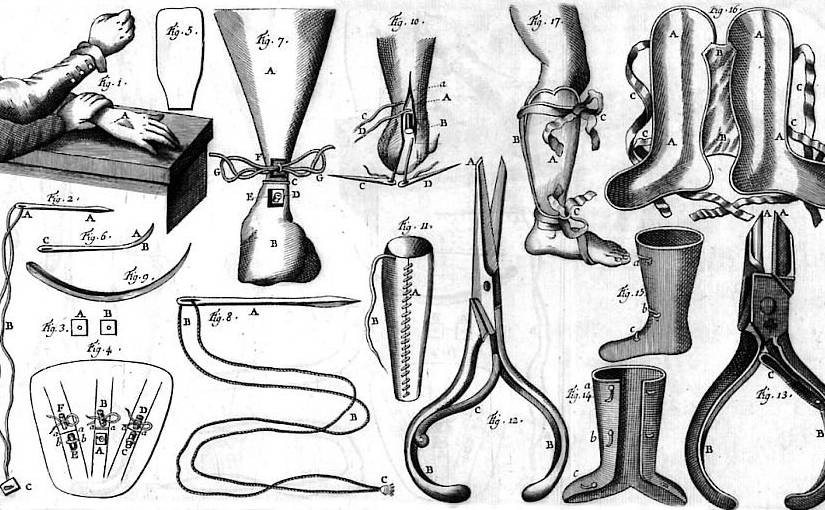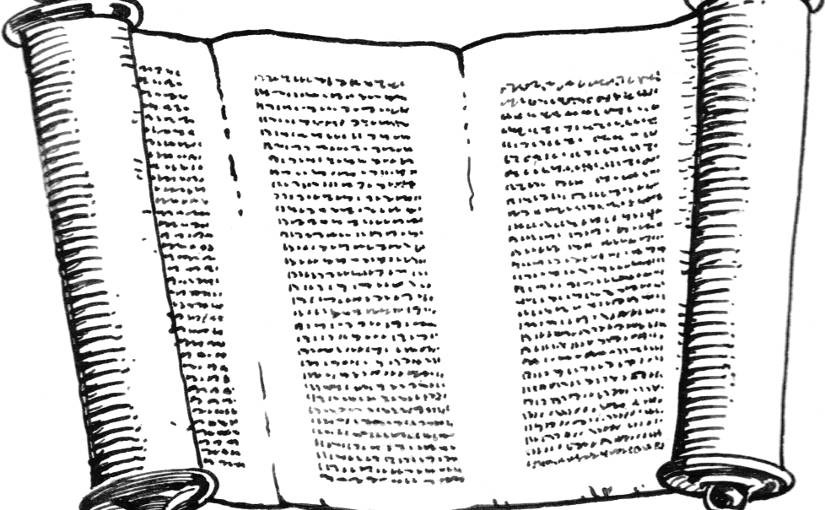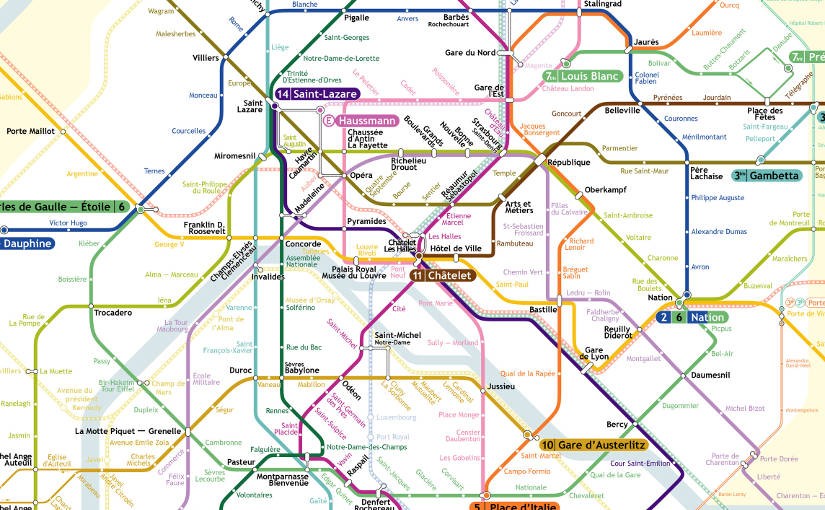Please note, this blog entry is from a previous course. You might want to check out the current one.
Rename the ViewController class you’ve been working on in Assignments 1 and 2 to be CalculatorViewController.
Rename the filename, by selecting the filename and clicking one additional time:

Continue reading “cs193p – Project #3 Assignment #3 Task #2”






